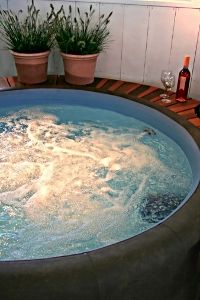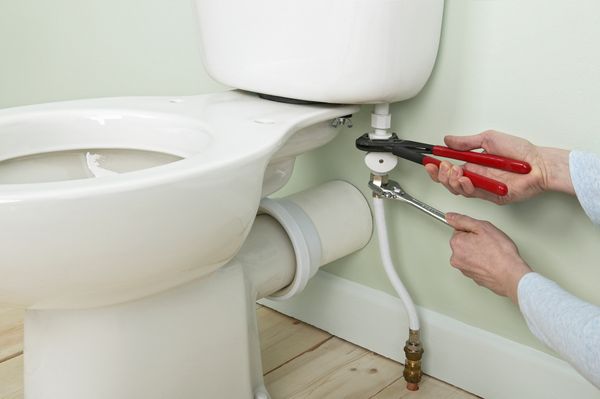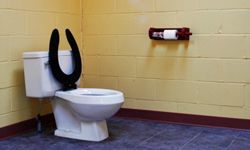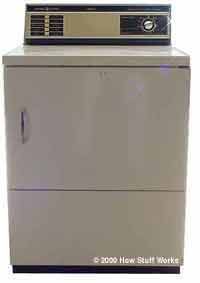From the bathhouses of Ancient Rome to the most luxurious spa resorts today, people have been captivated by the relaxing and therapeutic effects of hot bubbling waters. Hot tubs are found in homes and spas around the world, offering mineral water deep and warm enough to relax your tired muscles and calm your running mind.
But not everyone relaxes the same way. Some prefer a firmer massage, while others like a softer touch. That's where air tubs come in. Air tubs are water-jetted tubs, similar to whirlpool baths, that offer a gentler massage than their counterparts. Creating bubbles that some describe as a thousand tiny massaging fingers, air tubs have found a niche with bathers who prefer a gentler experience. From home enthusiasts to spa vacationers, people around the world are becoming more familiar with the air tub.
Advertisement
As you might expect, the technology that underlies whirlpool baths and air tubs is very similar. On the next page, we'll take a look at the two and what makes them different.






